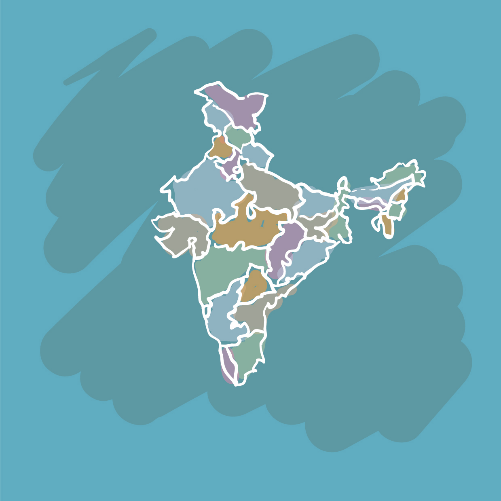Description

Disclaimer: Copyright infringement not intended.
Context:
- The Reserve Bank of India released its report on State Government Budgets for 2022-23.
Highlights of the Report
Debt-to-GDP
- The state debt-to-GDP ratio remains uncomfortably high. As per the report, the debt-to-GDP ratio has fallen from 31.1 per cent in 2020-21 – a year when states had struggled to manage the economic fallout of the pandemic — to 29.5 per cent in 2022-23.
- Note: The Fiscal Responsibility and Budget Management review committee, headed by N K Singh, had recommended a debt-to-GDP ratio of 20 per cent for states.
Implications:
- A high debt-deficit burden leaves little room for states to manoeuvre when faced with the next economic shock.
- A high debt burden may also imply that states may have to pay more to service their obligations.
Interest Payments:
- As per the report, interest payments by states rose to 2 per cent of GDP in 2020-21, up from 1.7 per cent in 2017-18. States expect this to come down to 1.8 per cent in 2022-23.
- However, there is marked variation across states. Punjab, Tamil Nadu, Haryana and West Bengal have the highest interest payments to revenue receipts ratio.
- This implies that in these states, interest payments account for a sizable portion of the states’ revenues, leaving them with less room to spend on other areas of priority such as health or education.
.jpeg)
Contingent liabilities:
- State governments have seen a significant expansion in their contingent liabilities. Contingent liabilities here refer to the obligations of a state government to repay the principal and interest payments in case a state-owned entity defaults on a loan.
- The guarantees issued by state governments have risen from Rs 3.12 lakh crore or 2 per cent of GDP in 2017 to Rs 7.4 lakh crore or 3.7 percent of GDP. The disaggregated data shows that the states of Andhra Pradesh, Telangana and Uttar Pradesh have the most guarantees outstanding.
Implications
- The perilous state of state-owned power distribution companies or Discoms also has adverse implications for state finances.
- Over the past few decades, multiple attempts have been made to turn around the financial and operational position of state Discoms. However, on various metrics, their performance is well short of expectations, leading to continuing losses.
- Since the early 2000s, there have been multiple bailouts of discoms. Each time, the sums involved have only risen. Another rescue package will impose considerable financial burden on states. For the 18 major states, an RBI study had pegged the cost of a bailout at 2.3 per cent of GDP.

Old Pension Scheme
- New risks have emerged with some states now opting to return to the old pension scheme.
- In the early 2000s, there was a growing realization that financing the old pension scheme would prove to be challenging. Thus, a new pension framework was ushered in which would limit the financial burden of the state.
- While most states had then signed on to the new pension scheme, some states such as Rajasthan and Chhattisgarh have now chosen to revert.
Implications
- Reverting back to Old Pension Scheme will have adverse implications for state finances. States already allocate a significant portion of their own tax revenues towards pension — in 2020-21, Rs 3.86 lakh crore was allocated towards pension.
- Shifting back to the old pension scheme will only end up increasing pension liabilities, leaving even less room for more productive spending.

Read about Old Pension Scheme: https://www.iasgyan.in/daily-current-affairs/old-pension-scheme-ops
https://indianexpress.com/article/explained/explained-economics/three-key-takeaways-from-rbis-report-on-state-govt-budgets-8389524/#:~:text=The%20state%20debt%2Dto%2DGDP,per%20cent%20in%202022%2D23.













